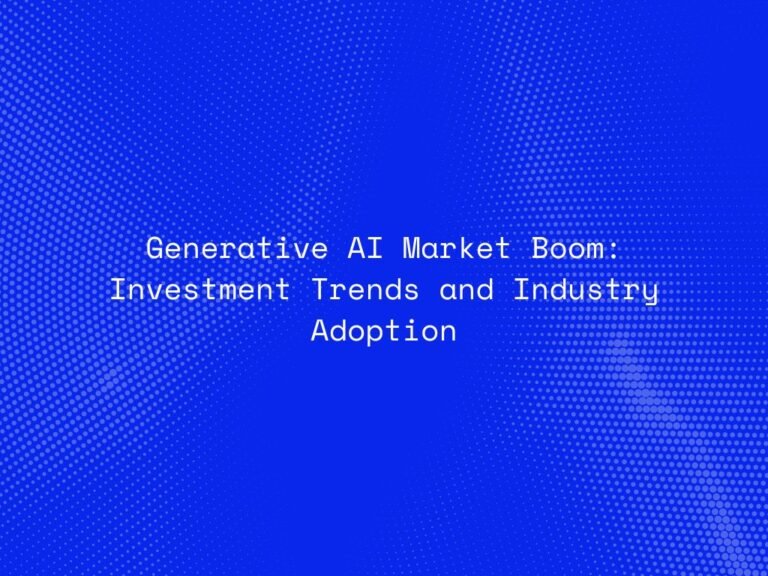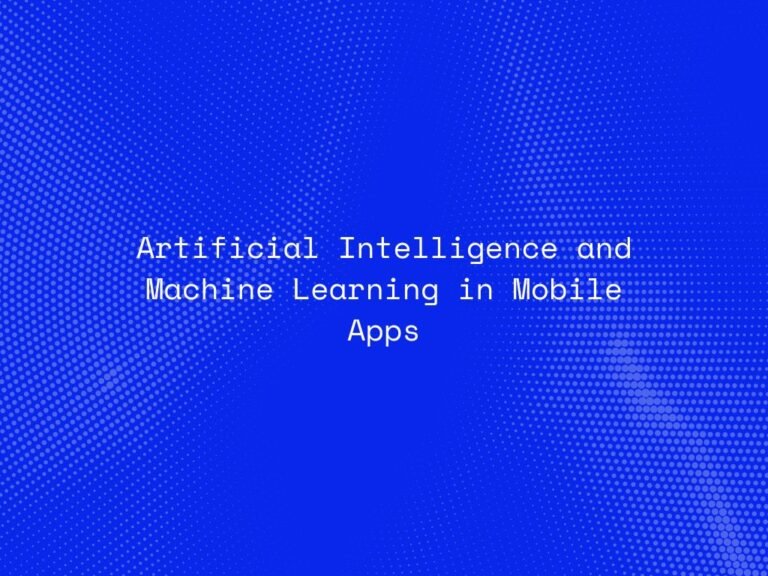Artificial intelligence has moved beyond being a bolt-on feature to existing systems. Today, a new era of AI-native applications is emerging—platforms and tools designed from the ground up with intelligence at their core. Unlike traditional applications that integrate AI as an add-on, AI-native apps are inherently built around machine learning, natural language processing, and predictive analytics as foundational capabilities. This shift represents more than just a technological evolution—it is redefining how businesses operate, innovate, and deliver value.
What Are AI-Native Applications?
AI-native applications are software systems architected with intelligence as the primary layer rather than as an afterthought. These applications are not just enabled by AI but are powered by AI. From design to execution, every component—from user interfaces to back-end workflows—is built to leverage machine learning models, data-driven decision-making, and automation.
Examples of AI-native applications include autonomous customer support platforms, predictive healthcare systems, fraud detection engines, AI-powered CRMs, and generative design tools in creative industries.
Why AI-Native Applications Matter
Traditional apps enhanced with AI can optimize workflows, but AI-native apps fundamentally reimagine them. The distinction lies in intent and architecture:
-
Built for scale: AI-native apps handle large volumes of dynamic, real-time data seamlessly.
-
Context-aware: They adapt to users’ needs by learning from interactions continuously.
-
Predictive by design: Instead of reacting, they anticipate future events and recommend actions.
-
User-centric intelligence: Interfaces are optimized for conversational AI, personalization, and adaptive decision-making.
Key Features of AI-Native Applications
-
Continuous Learning Loops
These apps integrate real-time feedback loops where models learn from each interaction, becoming smarter with every use. -
Embedded Explainability
With increasing demand for explainable AI (XAI), AI-native systems prioritize transparency, ensuring decisions can be traced and understood by users. -
Cloud-Native + AI-Native Synergy
AI-native applications leverage cloud-native infrastructures like Kubernetes and serverless computing, making them scalable, resilient, and flexible. -
Personalization at Scale
From tailored product recommendations to adaptive healthcare treatment plans, AI-native apps deliver deeply personalized experiences to millions simultaneously. -
Autonomous Capabilities
They go beyond automation to autonomy—capable of self-optimizing workflows, detecting anomalies, and even reconfiguring themselves in response to external triggers.
Business Impact of AI-Native Applications
-
Healthcare: AI-native apps detect diseases earlier, optimize patient treatment, and streamline hospital operations.
-
Finance: They prevent fraud in real time and power algorithmic trading with predictive accuracy.
-
Retail: Intelligent shopping assistants and hyper-personalized recommendation engines reshape customer experiences.
-
Manufacturing: Predictive maintenance systems powered by AI-native architectures reduce downtime and enhance productivity.
-
Enterprise Productivity: From document generation to project management, AI-native platforms enable knowledge workers to focus on creativity and strategy.
Challenges Ahead
Despite their promise, AI-native applications come with hurdles:
-
Data Dependency: High-quality, diverse datasets are essential for accuracy.
-
Ethical Concerns: Addressing bias, fairness, and accountability is non-negotiable.
-
Regulatory Compliance: With evolving AI laws, applications must be designed for compliance by default.
-
Cultural Shifts: Businesses need to rethink workflows, governance, and talent strategies to embrace AI-first cultures.
The Road Ahead: A New Era of Software
The rise of AI-native applications signals a paradigm shift in software development. In the future, we won’t ask whether a system has AI capabilities—intelligence will be assumed. Much like cloud-native applications became the new standard for scalability and agility, AI-native apps will become the default for intelligence and adaptability.
As industries adopt these systems, success will depend not just on deploying AI-native apps but on aligning them with broader business strategies, customer needs, and ethical frameworks. The organizations that design with intelligence at the foundation will lead in innovation, competitiveness, and resilience.
Conclusion
AI-native applications represent the next frontier of digital transformation. By embedding intelligence at the core, they move beyond efficiency gains to unlock new business models, enhanced customer experiences, and data-driven growth opportunities. The future belongs to companies that embrace this new wave of intelligent applications—built for learning, adapting, and thriving in an AI-first world.




